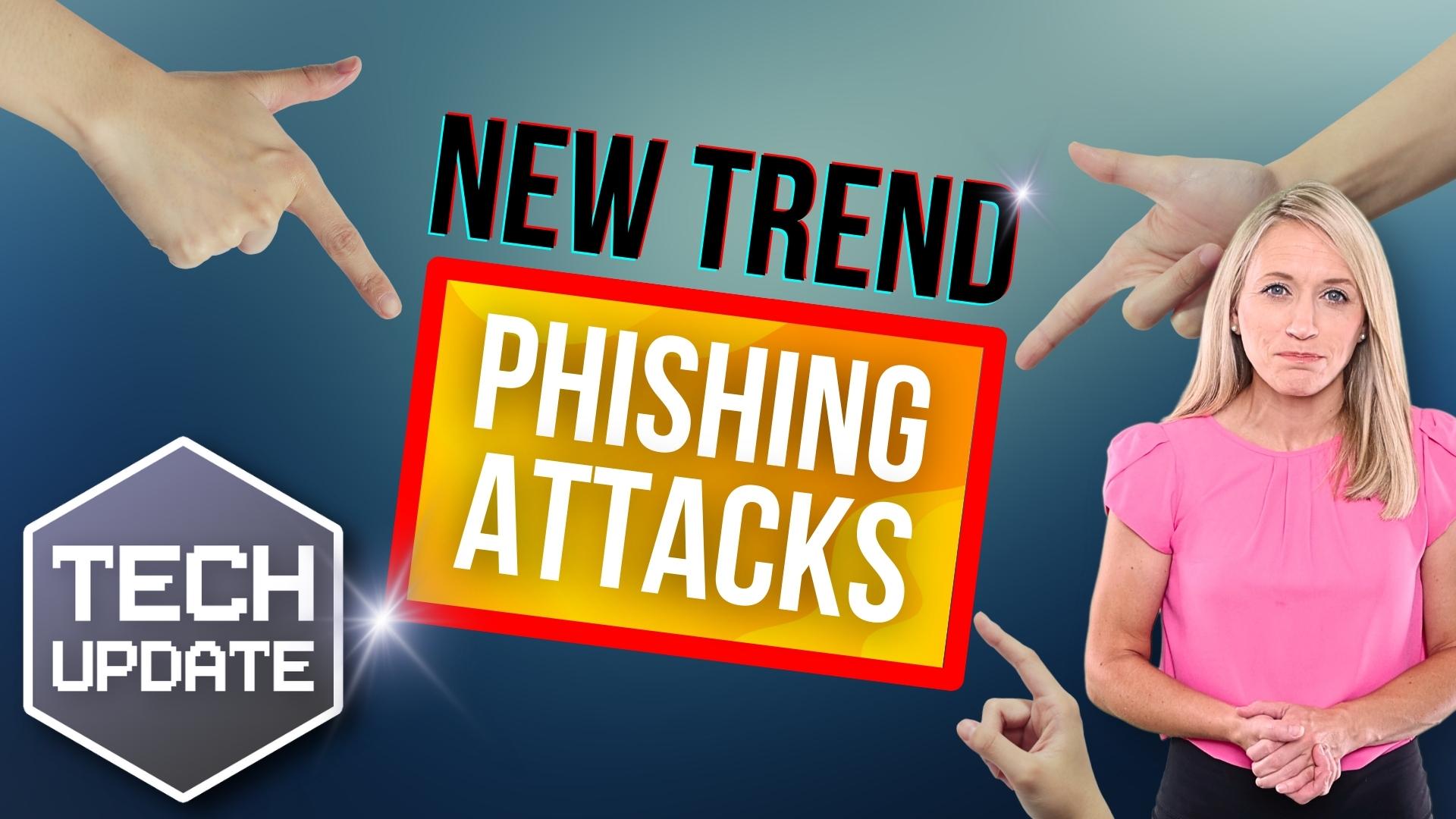Google Calendar has a great update for hybrid workers
Have you heard about the latest productivity update from our friends at Google?
They’ve just added a little feature to Google Calendar that could make your life a whole lot easier – especially if you’re a hybrid worker.
Remember back in 2021 when they first introduced the option to share your working location with your colleagues? They’ve taken it up a notch.
Now, you can set up multiple locations for any given day on your calendar. So whether you’re splitting your time between the office and home, or out and about as a mobile worker, Google’s got you covered.
Picture this: you’re only in the office for half a day before you head off to a client meeting. With this new feature, your colleagues will know exactly when and where to find you.
Google is all about helping us work smarter, not harder. They know that loads of us are still working remotely, or juggling a mix of office and remote work. This update is specially designed for hybrid workers.
It’s only available to those with a Workspace account, including:
- Google Workspace Business Standard/Plus
- Enterprise Standard/Plus
- Education Fundamentals/Standard/Plus
- The Teaching and Learning Upgrade
- Nonprofits
Unfortunately, personal accounts won’t have access just yet.
The working location feature will be switched on by default. But if you prefer that your colleagues can’t find you (we’re not judging… we all get distracted at work) you can easily disable it.
If we can help you get the most out of everyday applications like calendars and email, get in touch.









